Fabiana Nunes is a Brazilian photographer based in Zurich, Switzerland. Having worked in the fashion…
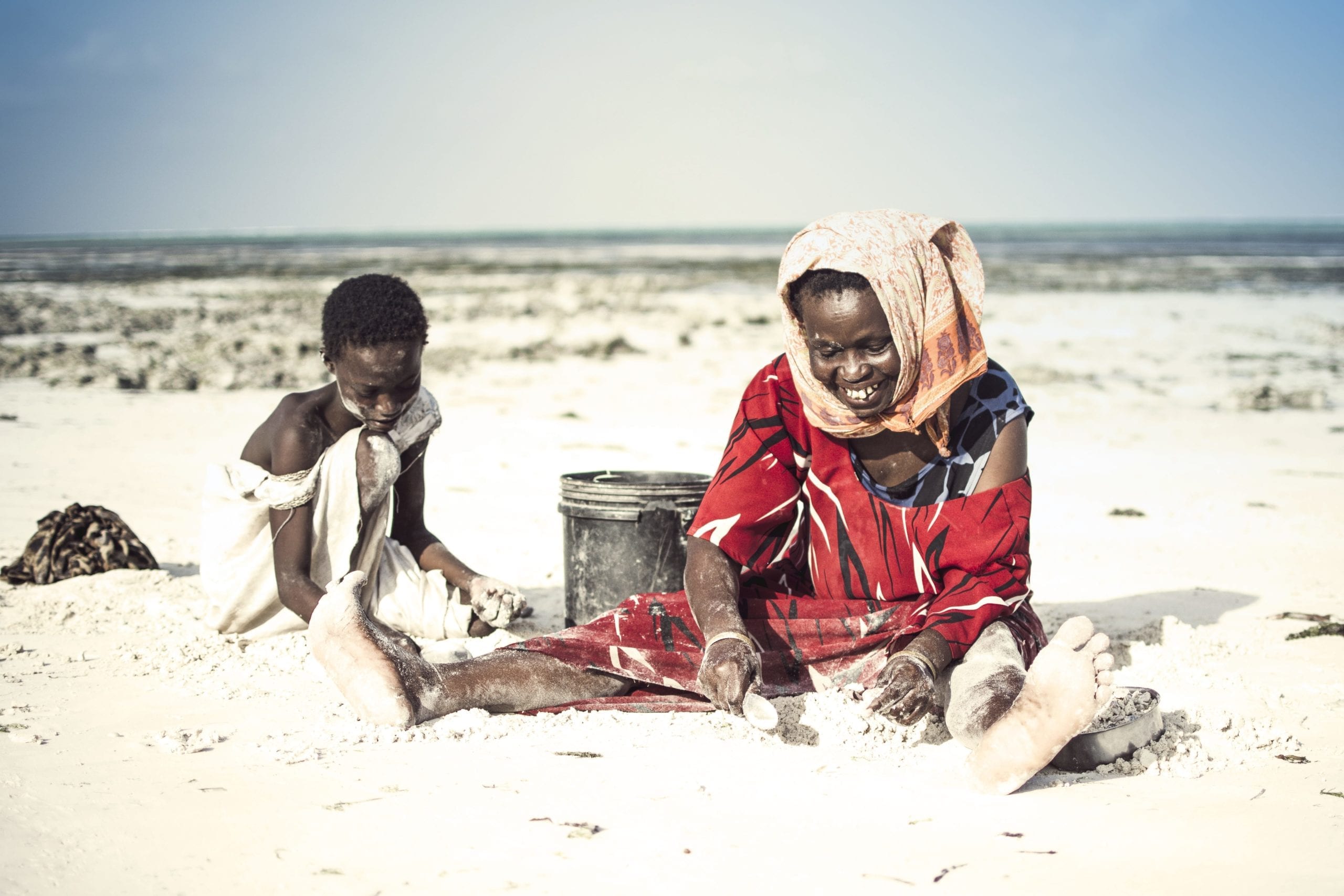

Fabiana Nunes is a Brazilian photographer based in Zurich, Switzerland. Having worked in the fashion…
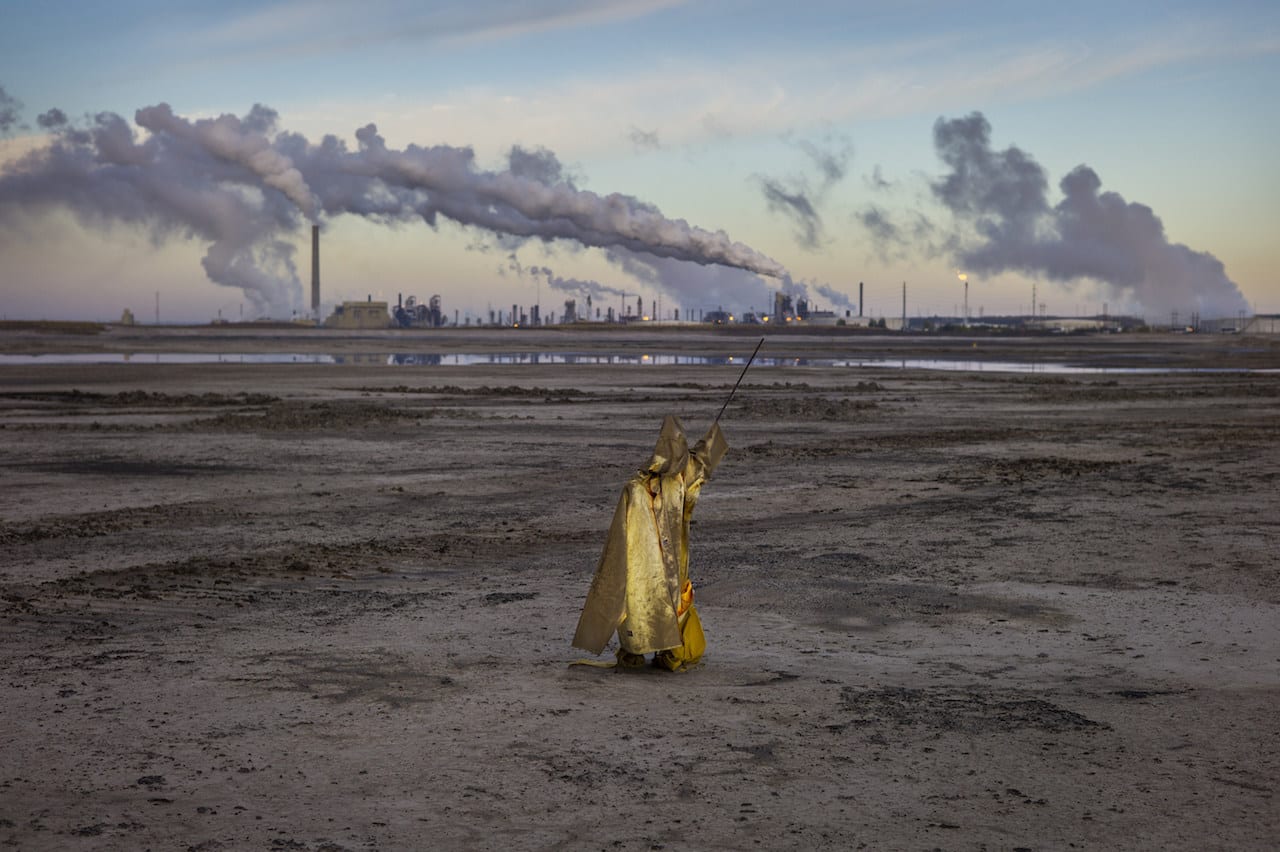
Our pick of the key stories from the past week, including: World Press Photo Foundation’s 6×6 talents from North and Central America; Kensuke Koike and Thomas Sauvin’s No More No Less; Graciela Iturbide’s Mexico; JA Mortram’s Small Town Inertia; and the Jimei x Arles festival in China

Portrait of Humanity provides photographers with the chance to share portraits of everyday life around…
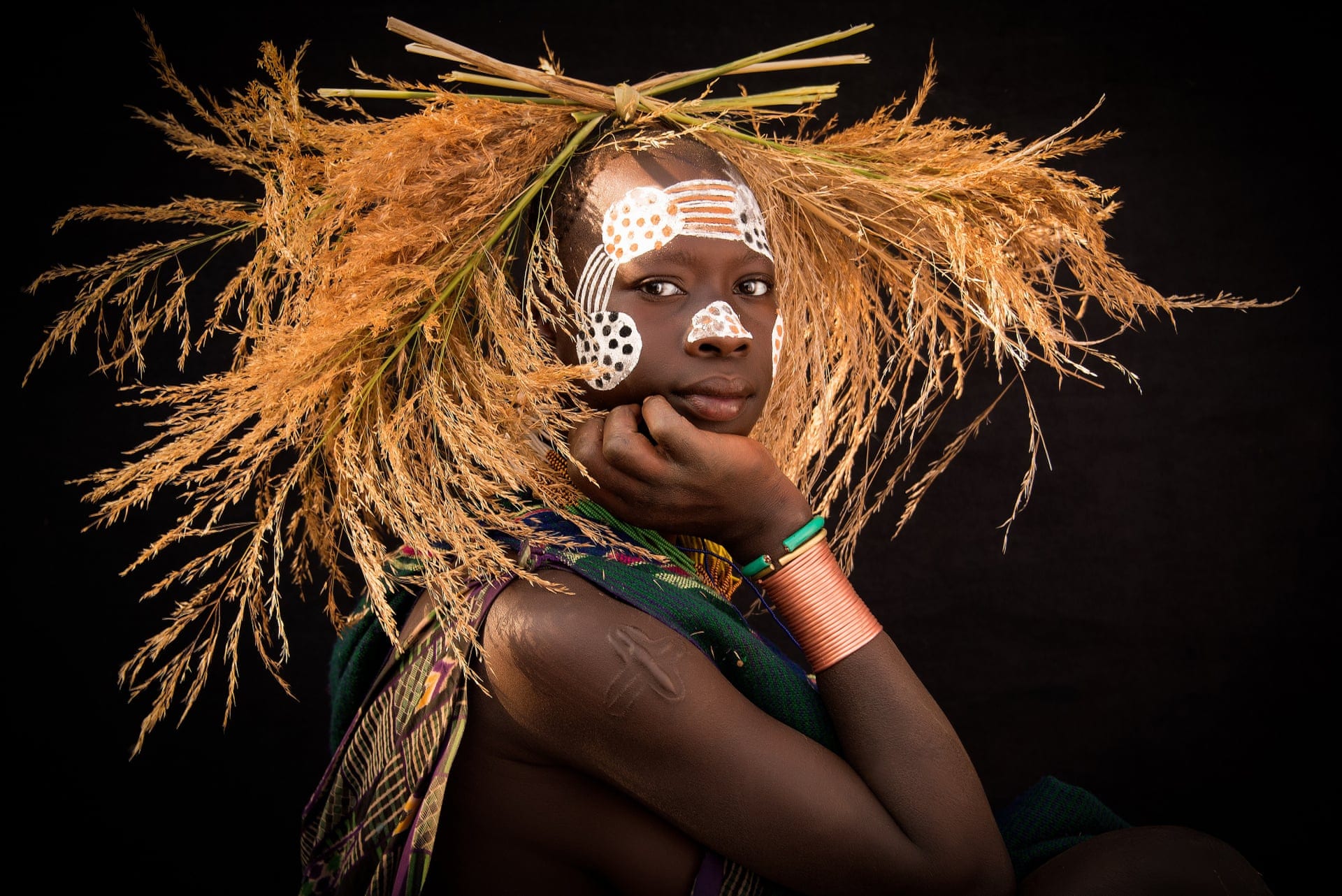
Portrait of Humanity is a unique photography award. Seeking images that capture life across the…
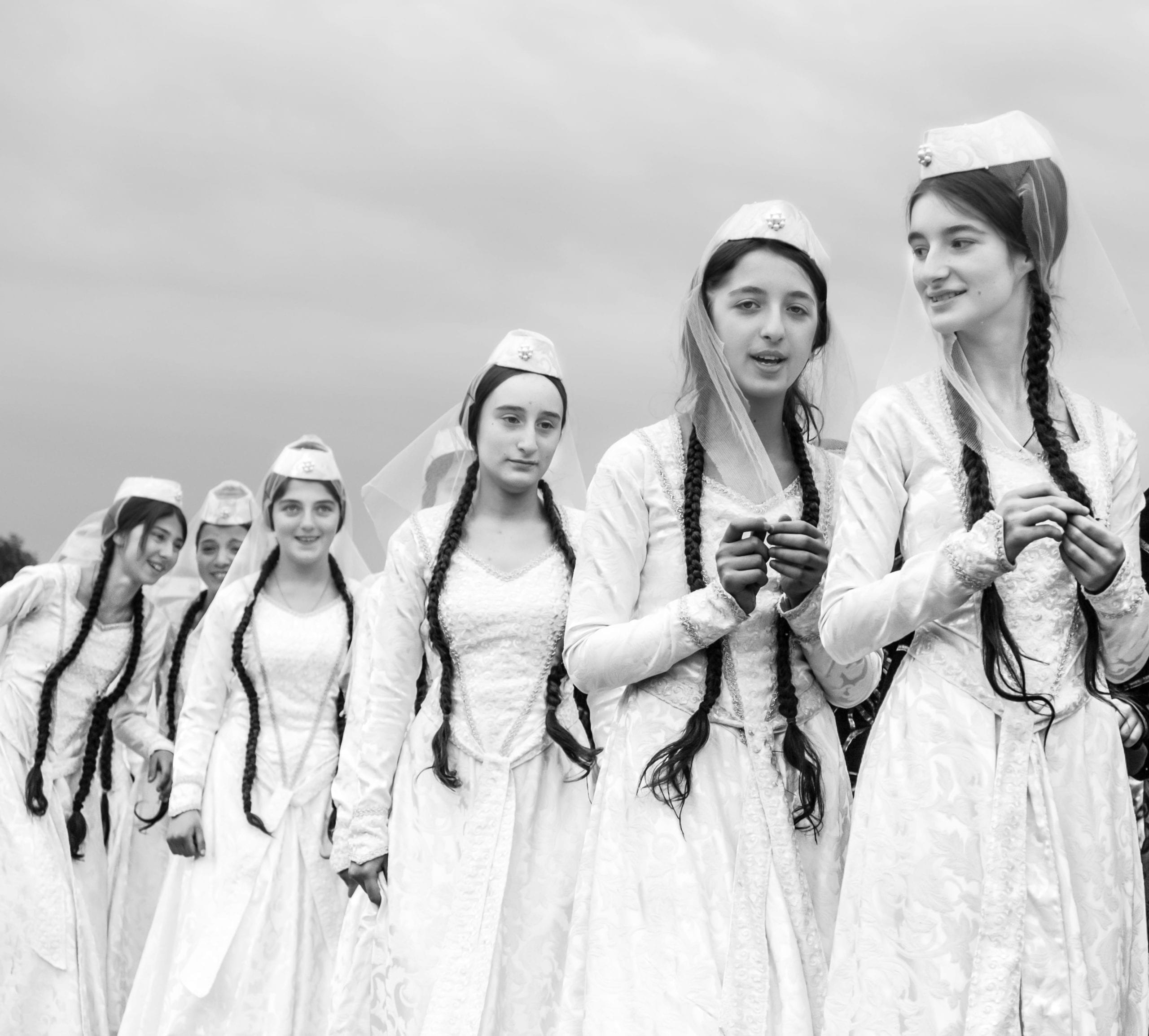
Our followers voted Iranian photographer Hossein Fardinfard’s image as their favourite of the recent Guardian…
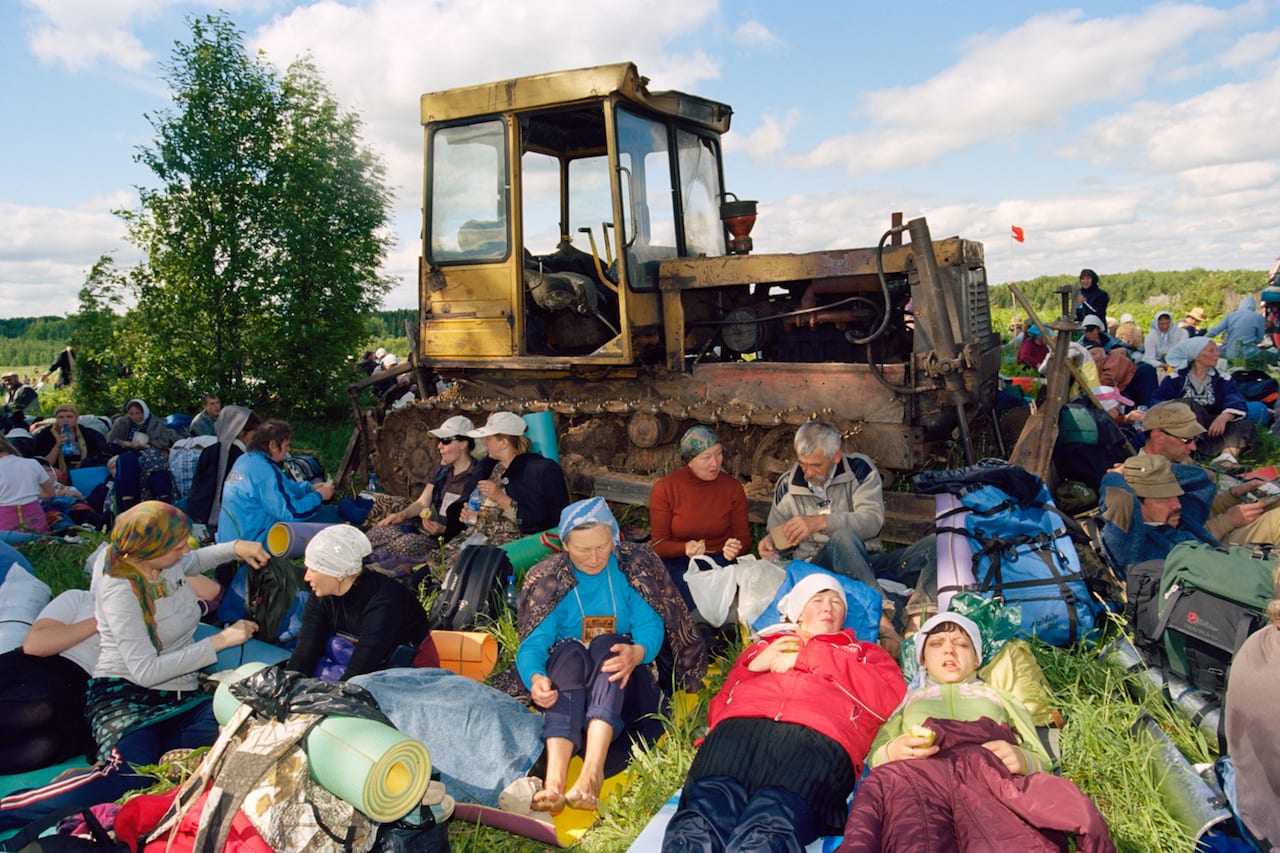
BJP-online Loves the new Russian photography on FotoDepartament’s Attention Hub, the RPS’ list of 100 photographic heroines, Claudio Majorana’s Head of the Lion, John Myers’ Looking at the Overlooked, Feast for the Eyes – The Story of Food in Photography on show at FOAM, Jamie Hawkesworth’s a blue painted fence, and La Vertigine by Federico Clavarino
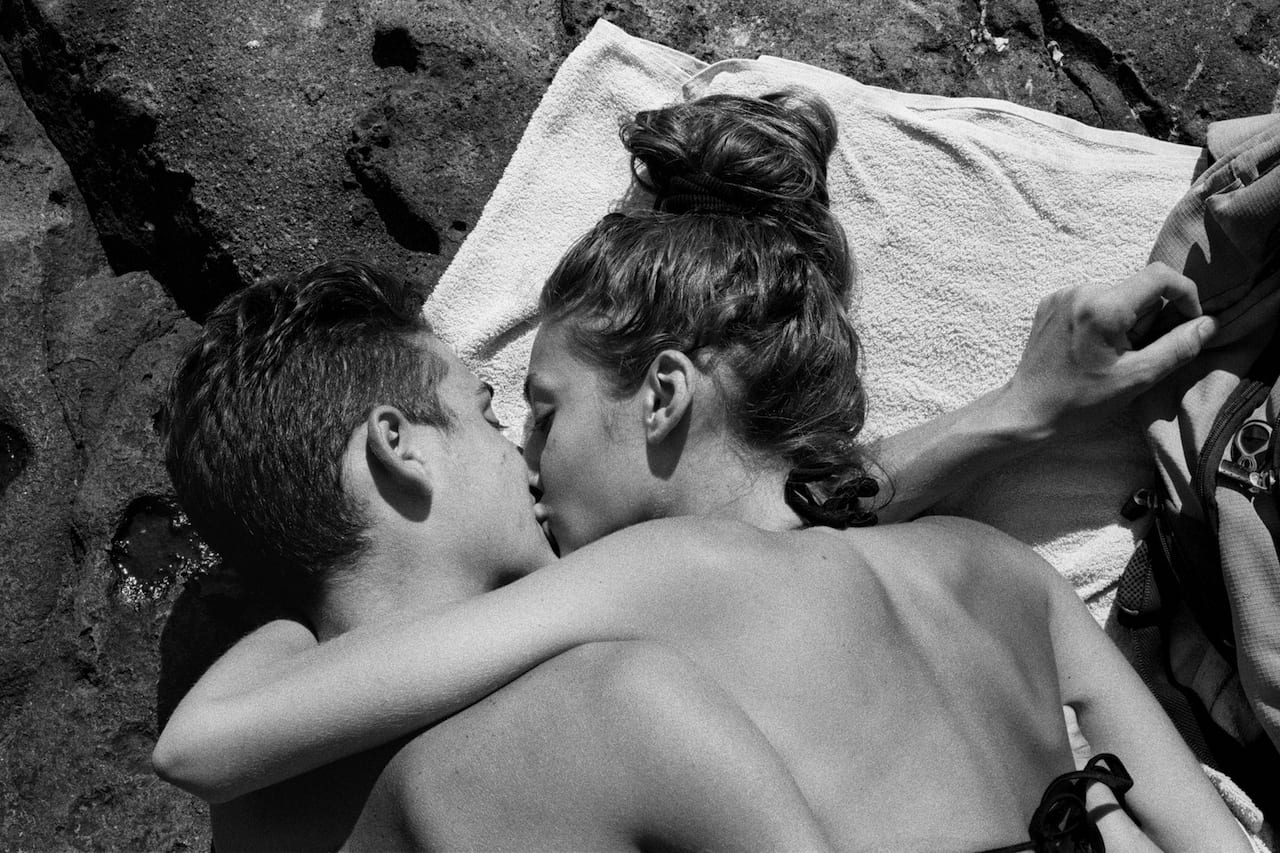
As a medical student specialising in youth and cognitive neuroscience, Claudio Majorana is not a typical documentary photographer. Having grown up with a mother in fine arts and a father in medicine, his attraction to the symbiosis between art and science was initiated at a young age, and his interest in photography – an artistic medium rooted in scientific process – came to him naturally. “Throughout my childhood, I spent tiSme painting in my mother’s atelier, or helping my father develop X-rays in his radiology darkroom. That’s where my interest in images began,” he reflects.
When Majorana was accepted into medical school at 19, he also began photographing voraciously. In the summer of 2011, he encountered a group of kids in the suburbs of Catania, his hometown in Sicily, and began documenting moments in their daily life, rooted in skateboarding culture and the general struggles and raucous habits that colour adolescent life. The result is his series, Head of the Lion.
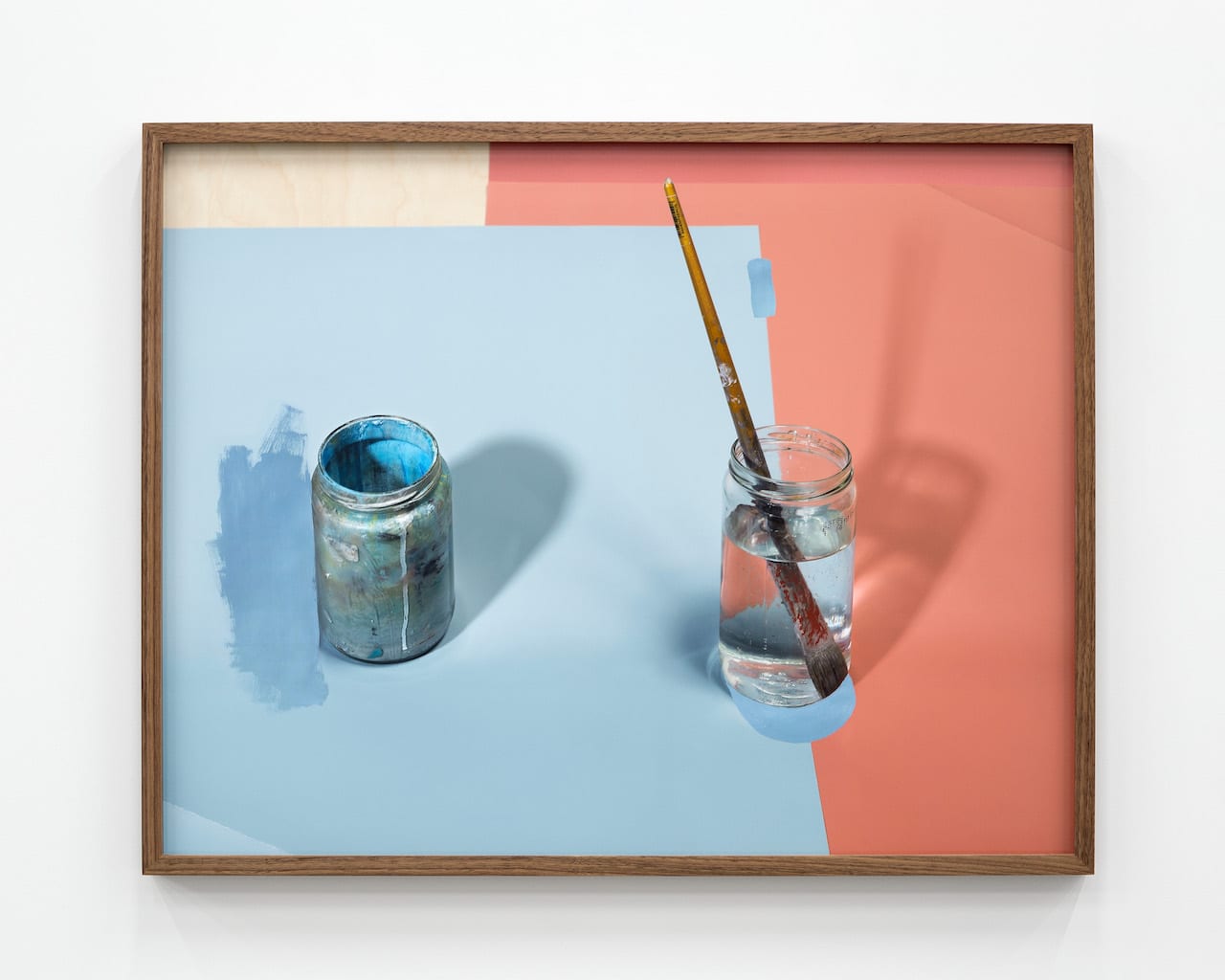
“Your memory isn’t like a file in your hard-drive that stays the same every time you revisit it. It actively changes,” says John Houck, whose images, just like our memories, can be deceptive. His pieces are made cyclically, by photographing and rephotographing objects, paintings, and sheets of folded paper, adding and removing elements with each iteration. “It’s a way to get at the way in which memory is an imaginative act,” he says.